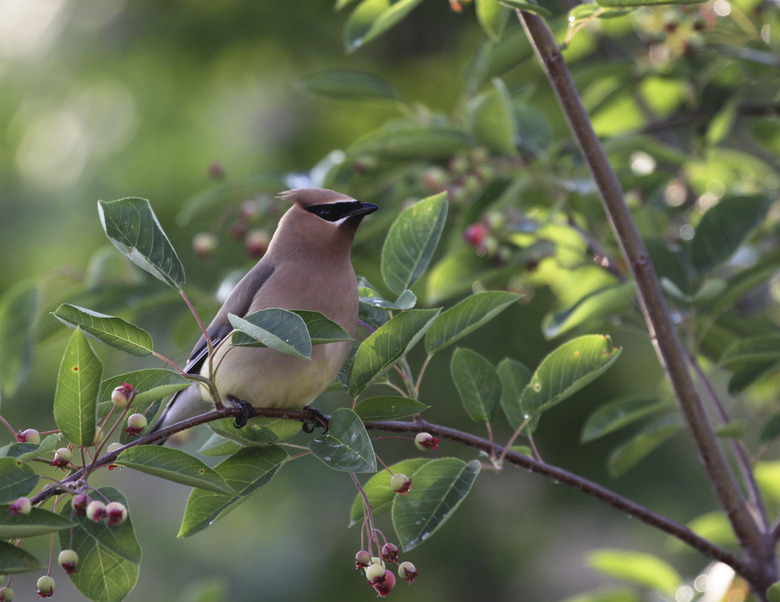The Best Trees To Plant In Ohio
With Ohio's four seasons, trees can be grown for a burst of spring flowers to welcome warmer temperatures or function as a windbreak. The best trees to plant in Ohio are ones that provide the aesthetics you desire and match the amount of sun and rain the site receives. When choosing a tree for your yard, make sure it grows in Ohio's U.S. Department of Agriculture plant hardiness zones 5 and 6, and the soil conditions in which you plan to plant it. Trees are typically planted in Ohio April through mid-June and late October to mid-December.
Fits in the Space
When you're ready to add a tree to your yard, knowing how tall it will grow and how wide it will spread are important factors. Although sugar maple (Acer saccharum) is native to Ohio, hardy in USDA zones 3 through 8, and provides inviting shade in summer, it's not suited to a tiny yard because it spreads up to 60 feet wide and towers up to 80 feet tall. For compact spaces, choose smaller tree species like Japanese maple (Acer palmatum) that grows in USDA zones 5 through 8 and only grows to 25 feet. Eastern redbud (Cercis canadensis) welcomes spring with profuse purple flowers and has a mature height of 25 feet in its USDA zones 4 through 8.
Is Low Maintenance
When you're thinking of the "best" trees to grow, low maintenance fits that category. If you have to continually prune away dead, brittle branches and sucker roots or treat ongoing pest problems the tree soon becomes less desirable. Sargent cherry (Prunus sargentii), when grown in Ohio, requires little maintenance so you can spend your time admiring its abundant cloud-like, spring blooms. This ornamental tree thrives in USDA zones 4 through 7 and grows to 30 feet. Blue spruce (Picea pungens) is easy to grow and hardy in USDA zones 2 through 7.
Provides Seasonal Color
One of the pleasures of living in Ohio is growing trees with leaves that burst into a range of colors in the fall. White oak (Quercus alba), hardy in USDA zones 3 through 9, is a large native Ohio tree that displays deep wine-colored leaves in fall. Black gum (Nyssa sylvatica), hardy in USDA zones 3 through 9, has colors ranging from scarlet to orange. Keep the color going throughout winter with Norway spruce (Picea abies). It breaks howling winter winds when grown in a row. Hardy in USDA zones 2 through 7, the spruce doubles as a privacy screen in summer and tolerates air pollution.
Helps with Wildlife
Lure birds into your yard with serviceberry (Amelanchier canadensis). It starts in spring with small, white flowers that mature into fruit in June to attract 26 species of birds. This tree thrives in USDA zones 4 through 8 and adds an interesting form to the winter landscape. If deer are a problem in your yard, repel them by planting trees that aren't appealing to their palate. European hornbeam (Carpinus betulus) tolerates a range of soils, doesn't have many pest problems and can be grown as a street tree. This shade tree grows in USDA zones 4 through 8.
